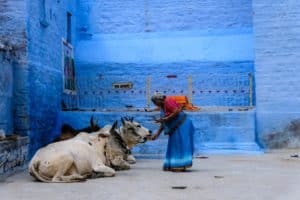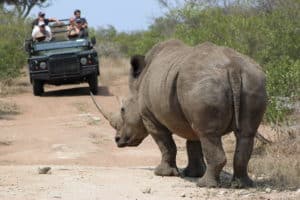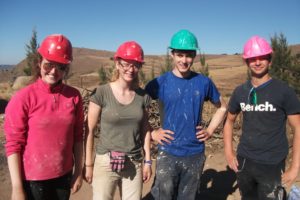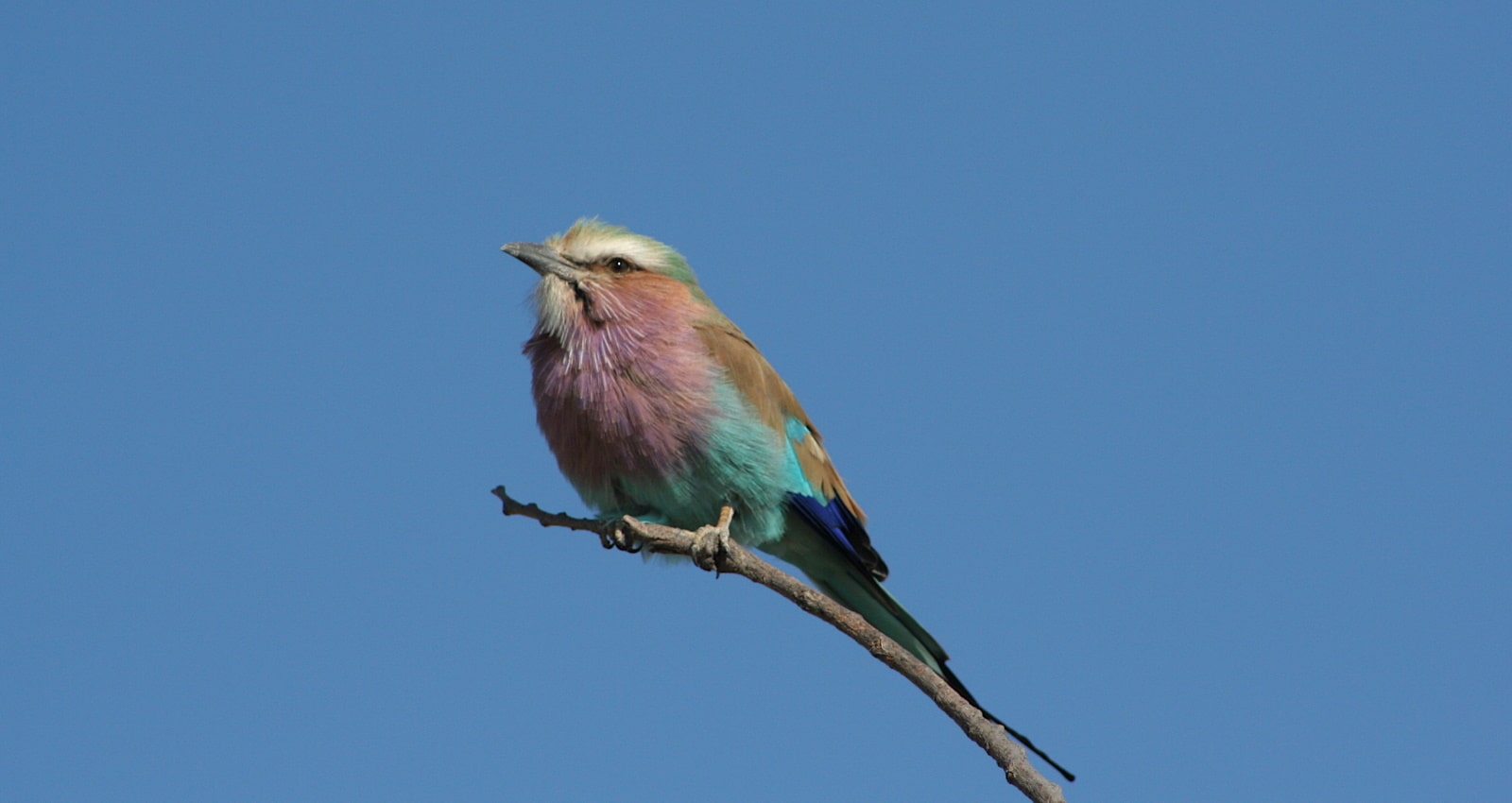I love the lilac-breasted roller, it is such a colourful bird and the flash of turquoise it gives in flight is wonderful.
Lilac-breasted roller factoids
- Males and females are the same.
- They have syndactyl feet which means the second and third toes are fused together.
- The lilac-breasted roller should be the “rainbow roller”, it is has 8 colours!
- Rollers are so named due to their mating display, which consists of a lot of dives and swoops accompanied by loud and harsh cries. They will roll from side to side while flying very fast. If the aerial courtship is successful, the birds will mate in the air.
- The lilac breasted roller can have a wingspan between 50 and 58 cm (19.7 and 22.8 in).
- Lilac breasted rollers do not fear humans so you can get quite close – great when you are trying to take a picture.
- Lilac-breasted rollers have an average life expectancy of around ten years in the wild.
- Known predators include Wahlberg’s eagle, the red-necked falcon, the peregrine and the Bateleur.
- Lilac-breasted rollers eat mainly insects such as beetles and grasshoppers. They will also take snails, scorpions, and sometimes small lizards, rodents, and other birds. They are clever and bold enough to take advantage of brush swooping on smaller fleeing animals and insects.
- Lilac-breasted rollers are monogamous and mate for life.
- Some African tribes historically considered the lilac breasted roller to be a symbol of peace, and their kings would sacrifice it to celebrate the end of a war.
- The Zulus would use chains or ropes made from the feathers of a lilac-breasted roller to test a young couple’s compatibility. A couple who wanted to marry had to be tied together with a feathery chain. Keeping that chain together tested the couple’s ability to work together, and if it fell apart, they could not marry.
- The Venda, who live along the borders of Zimbabwe and South Africa, made wedding rings from the bird’s feathers.
- The Afrikaners, who descend from Dutch settlers of South Africa, have historically decorated wedding dresses with the lilac-breasted roller’s feathers.
Sense Earth provides bespoke self-drive, privately guided, or small group trips to Eswatini which provide opportunities to see the lilac-breasted roller.
Contact us to discuss the options available.



